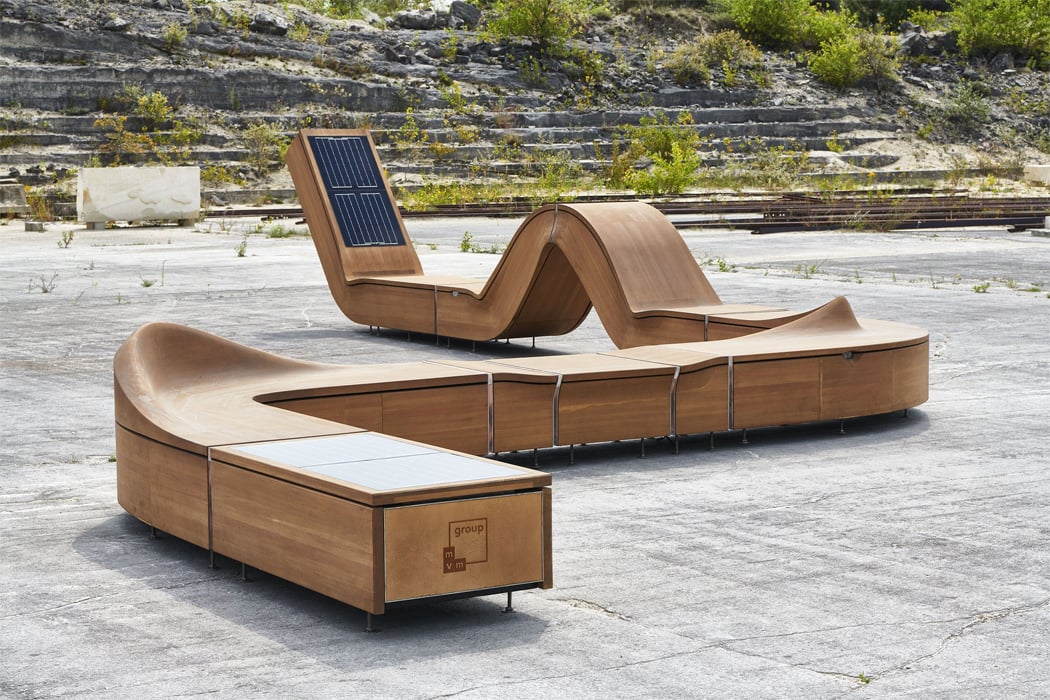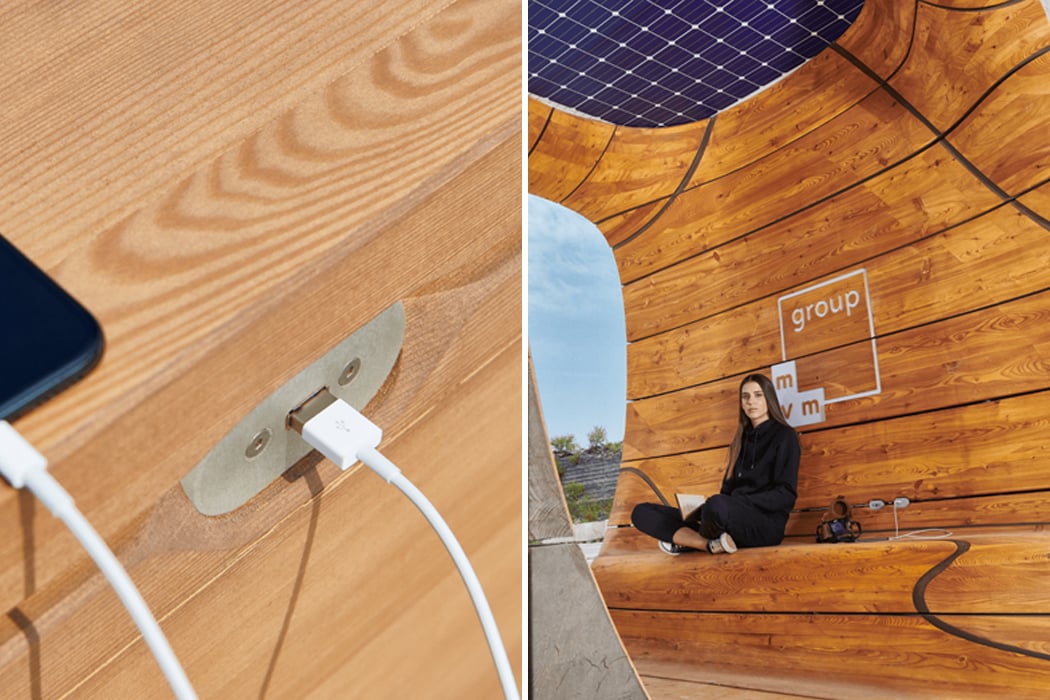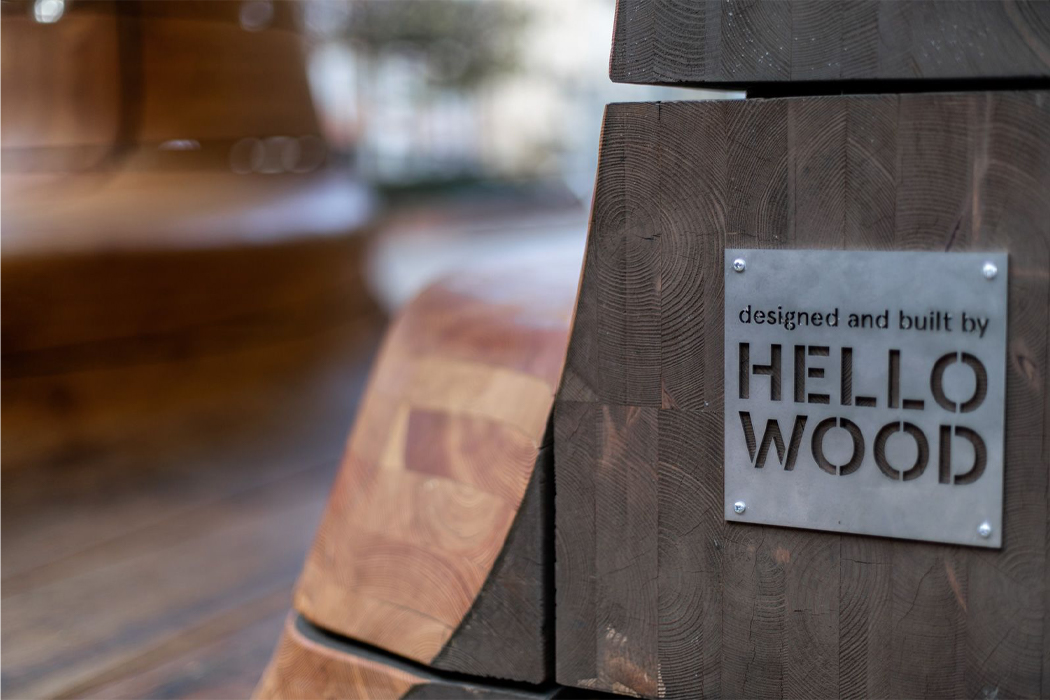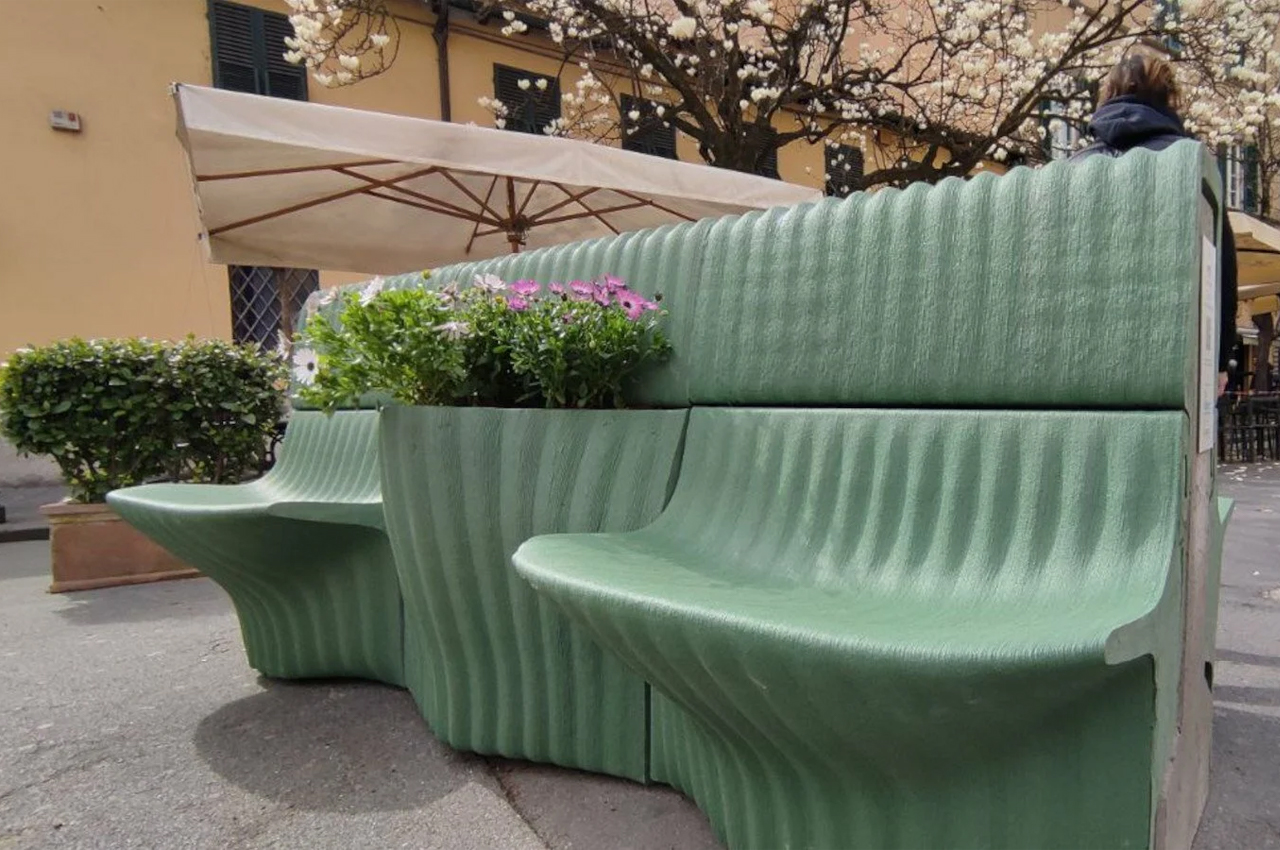
USE is an experimental furniture piece built from plastic waste for the small town of Lucca to operate as a second skin for New Jersey concrete barriers as well as a city bench.
R3direct uses innovative 3D technologies to produce a collection of different items, like furniture and public infrastructure, from waste. Currently, 55% of the plastic coming from urban waste is destined for thermo-valorization or dumped in landfills. R3direct gathers plastic waste from that portion of the main supply to use for their 3D-printed products.
Designer: R3direct & Giulia del Grande
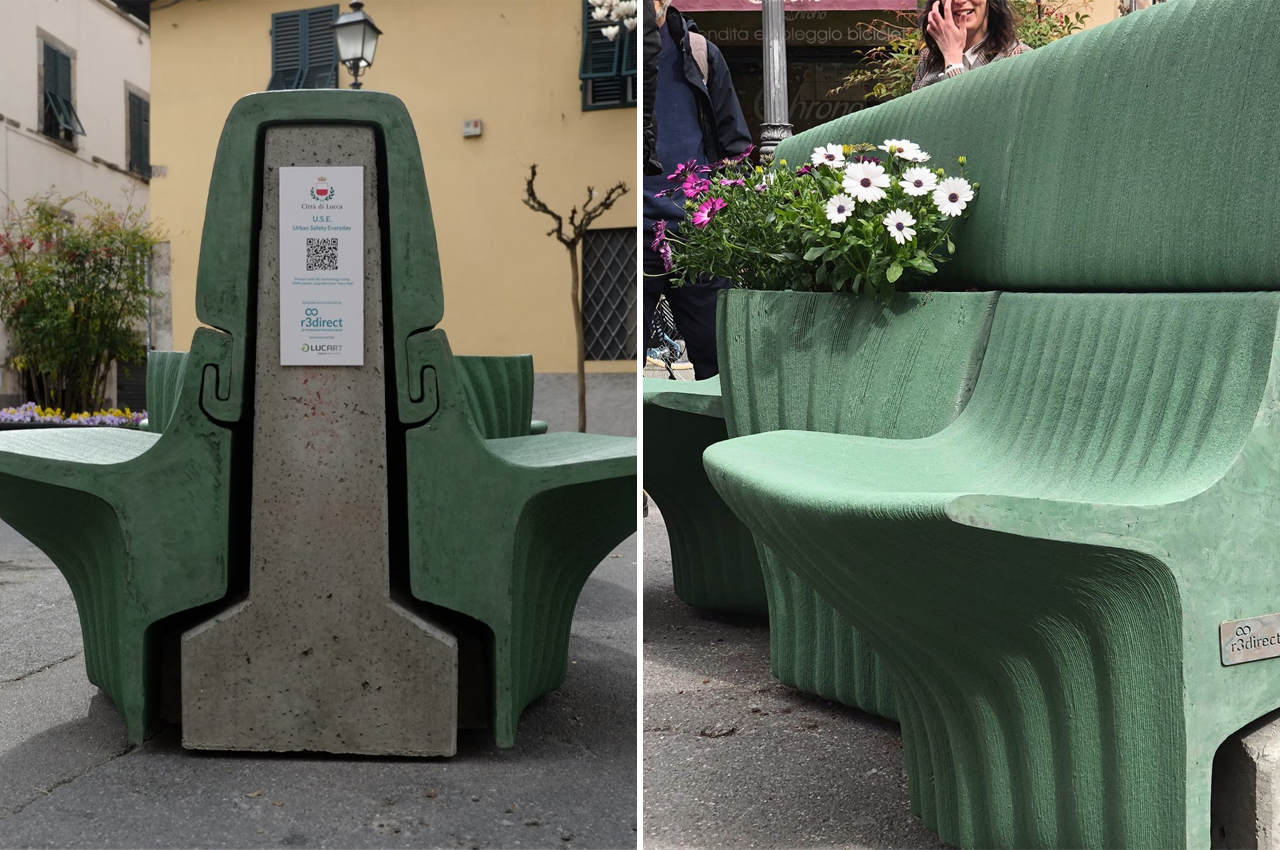
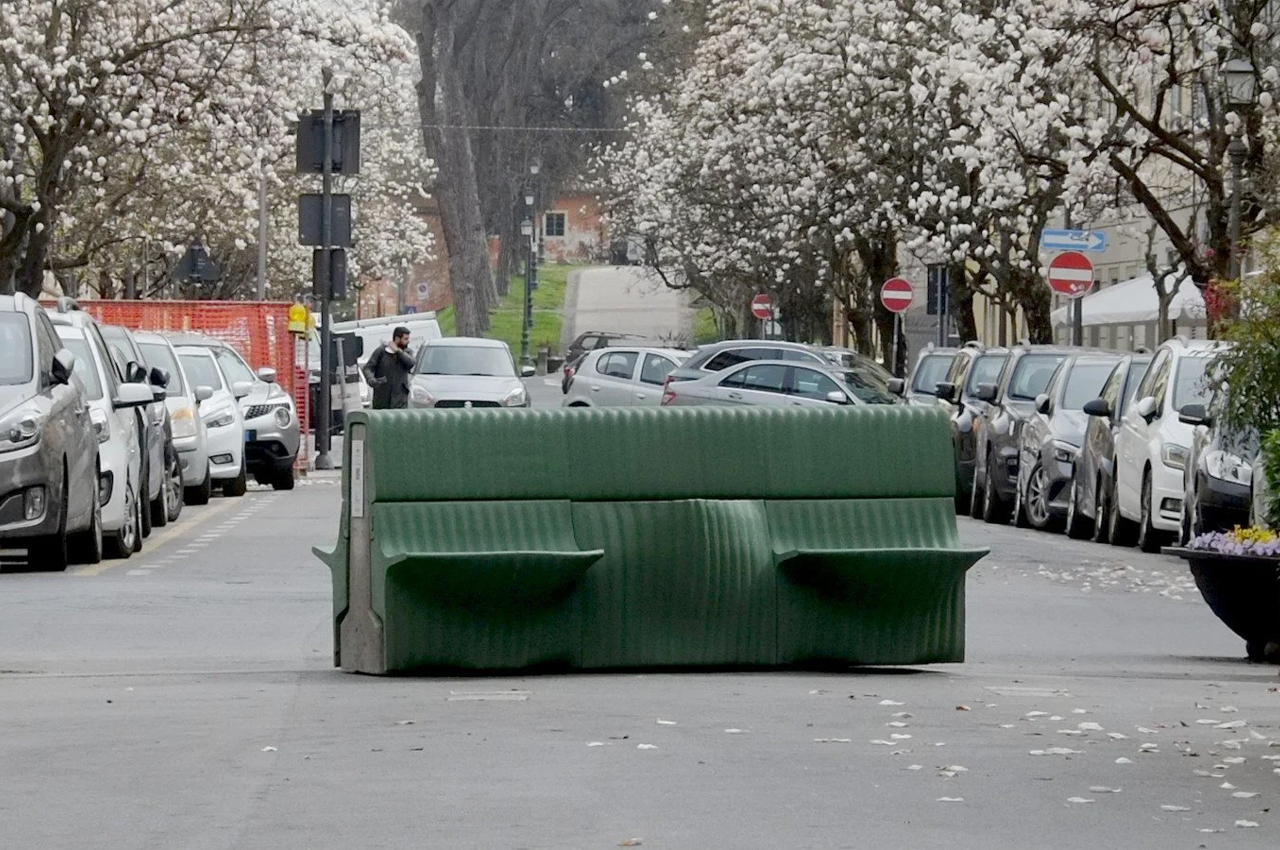
Using large-format 3D printers, R3direct is dedicated to high commercial value applications like sculptures, functional prototypes, and public or private furniture objects. Their latest experimental furniture piece is dubbed USE, which stands for ‘Urban Safety Every day.’ USE primarily functions as a ‘second skin’ for New Jersey barriers and takes the shape of a city bench for residents and tourists to enjoy.
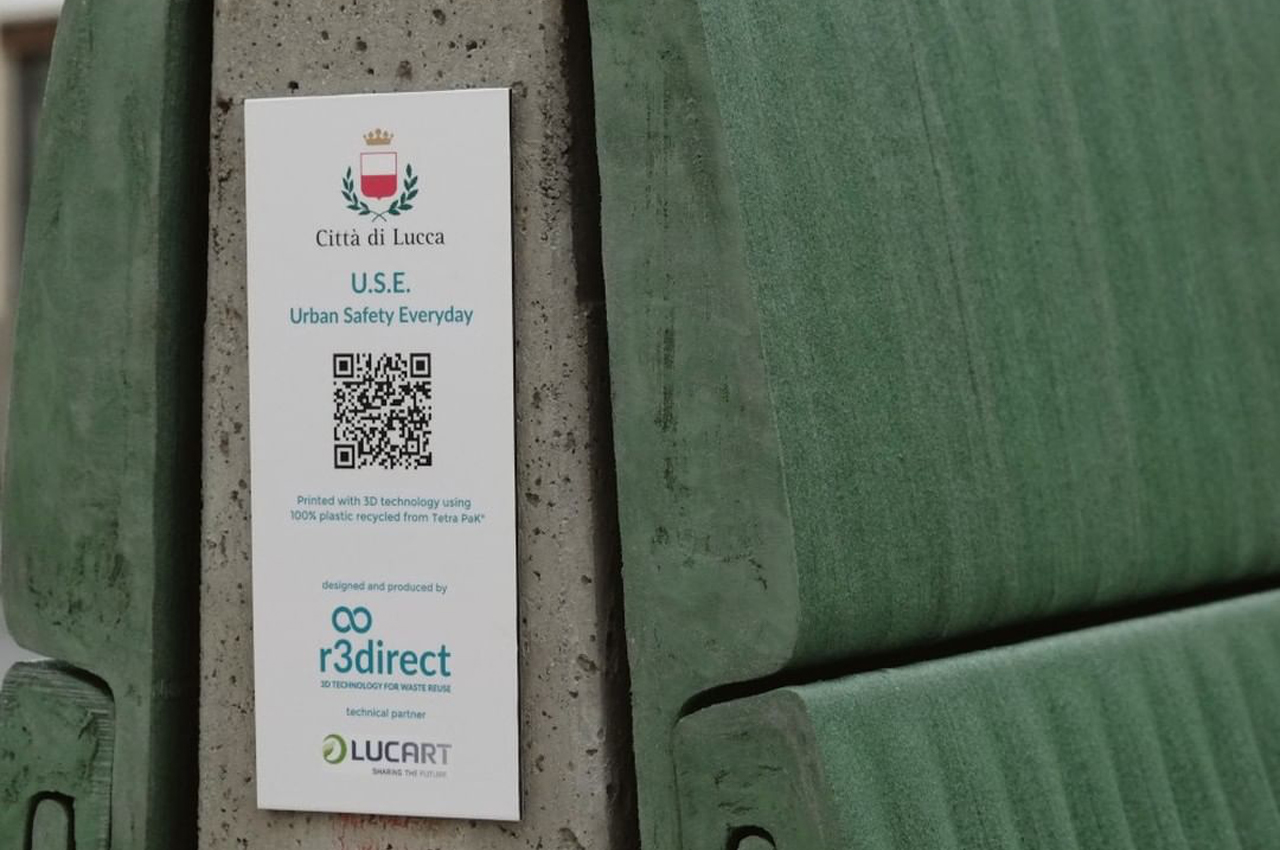
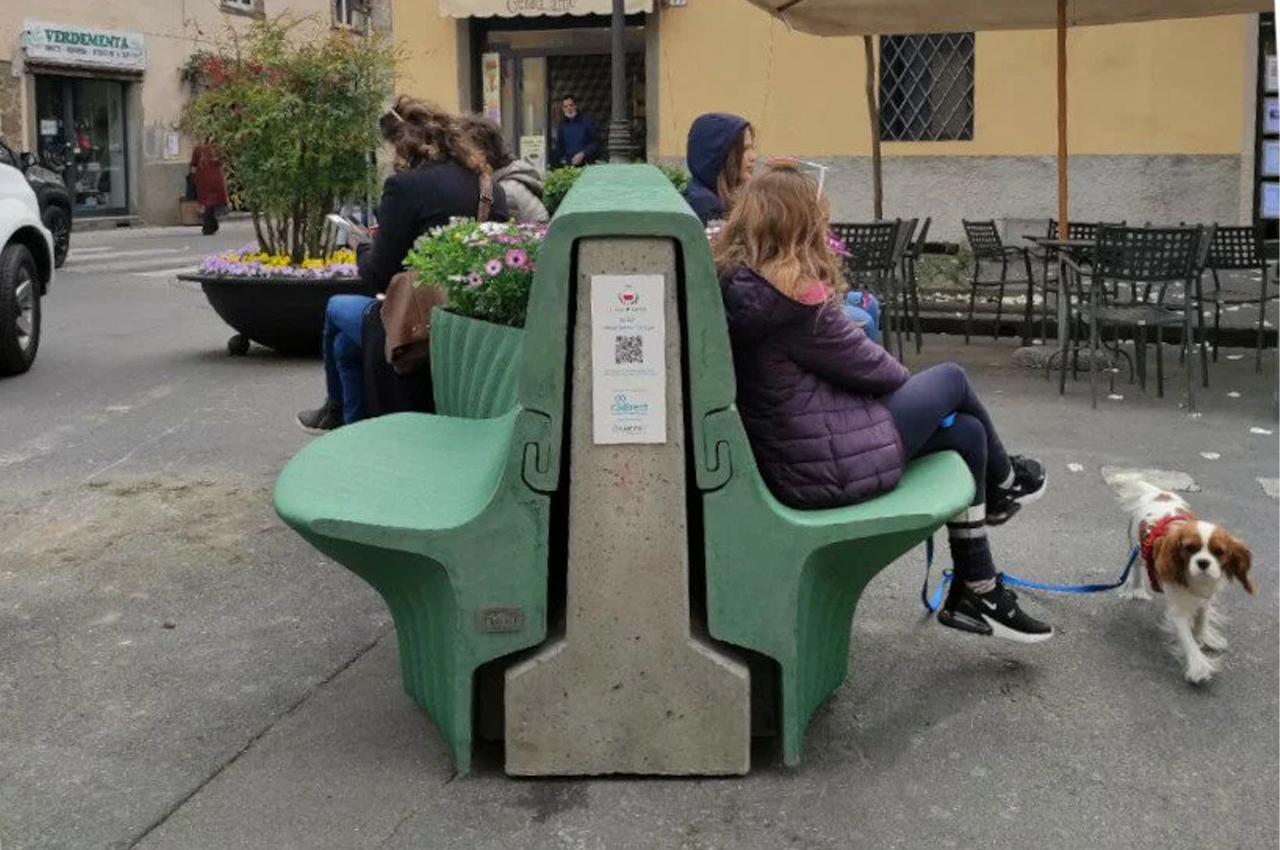
Made from post-consumer plastics, R3direct remains committed to printing durable and bespoke objects for private and public purposes. Using innovative 3D and parametric technologies, “The recycled plastic necessary for the realization of USE,” the R3direct team explains, “comes entirely from the recycling of polylaminate beverage cartons carried out by the company Lucart, [a] world leader in the production of paper and tissue.”
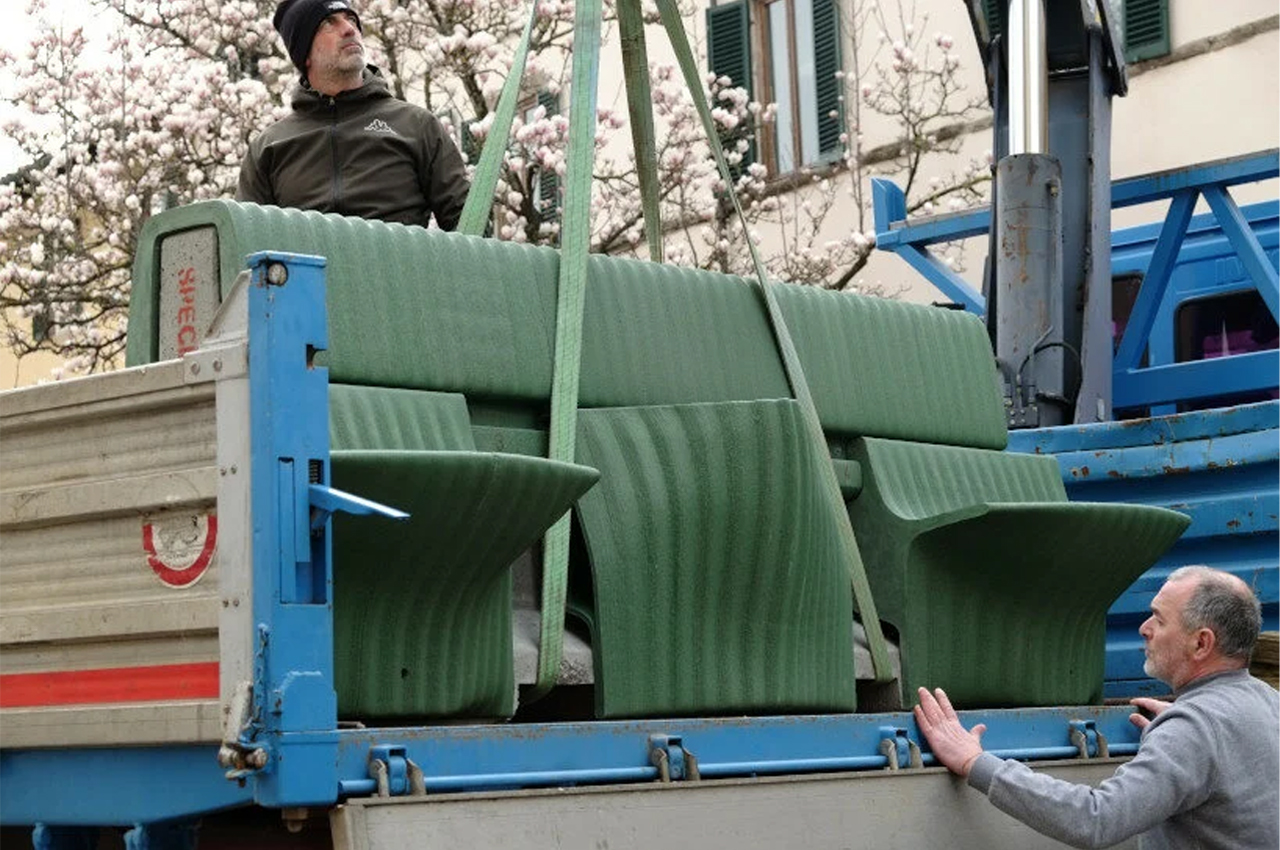
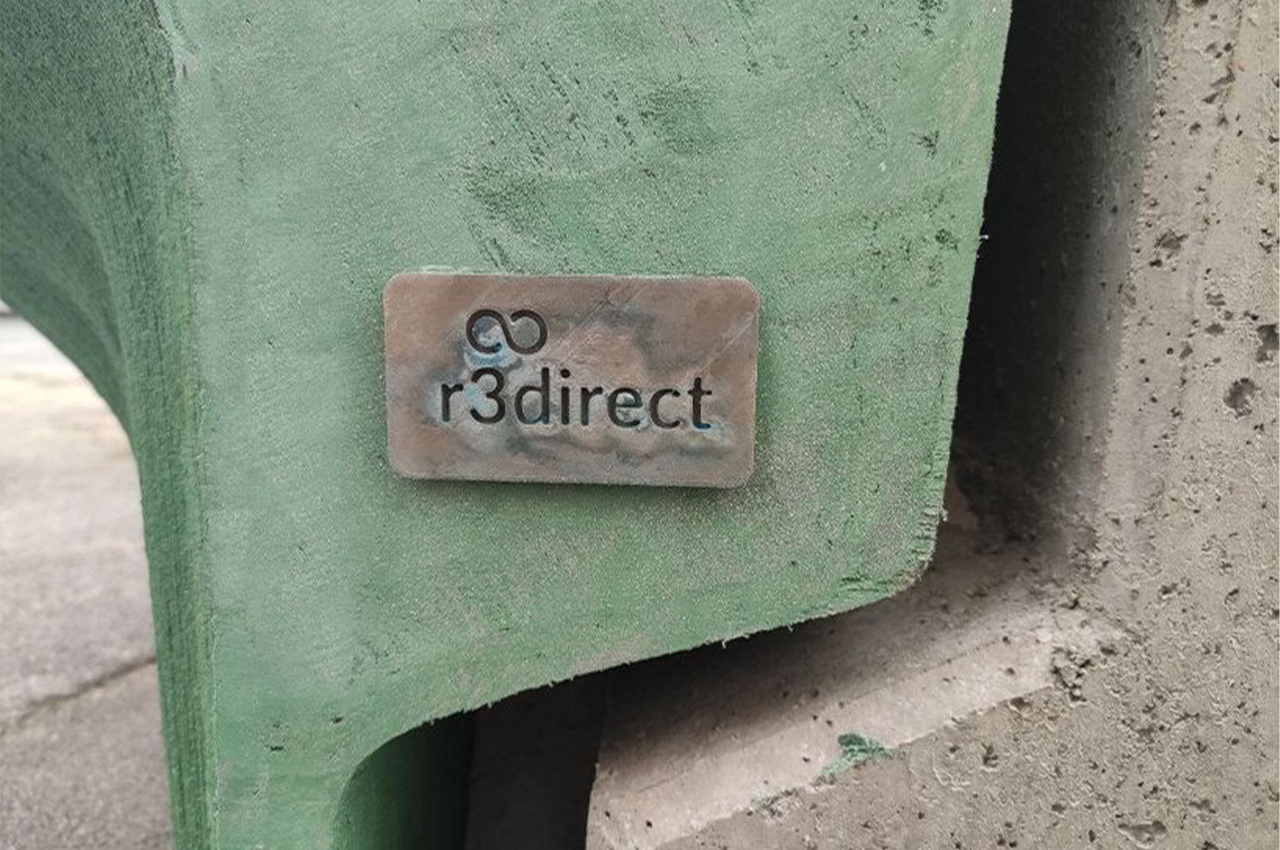
Dotting the streets of the small city of Lucca, while Lucart carried out the recycling and processing of the plastic, R3direct collected the plastic waste from the re-use of about 3,300 TetraPak® cartons. The final compositional makeup of USE is 75% of FiberPack®, a material obtained from recycled cellulose fibers used in beverage cartons, and the remaining 25% is made of polyethylene and aluminum, two components used as raw, secondary materials to produce the module.
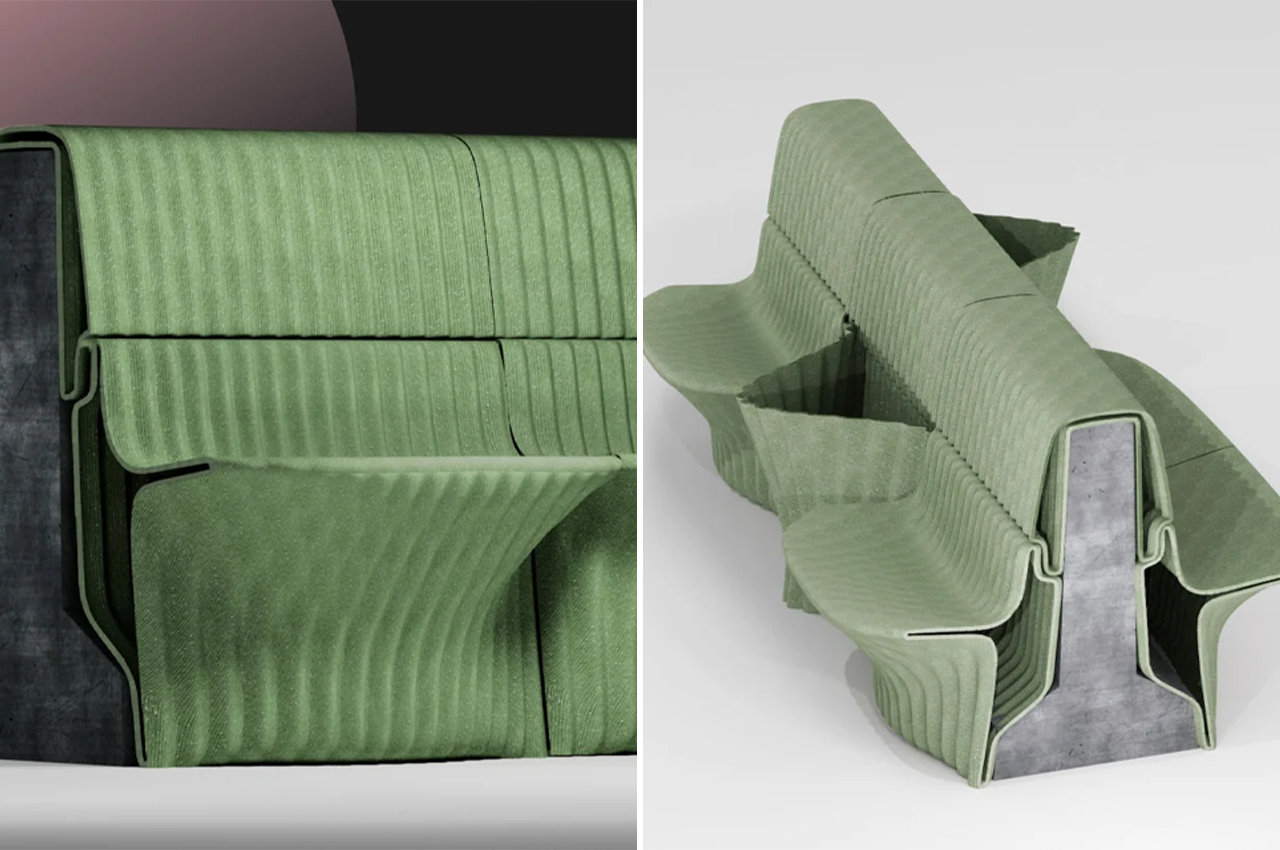
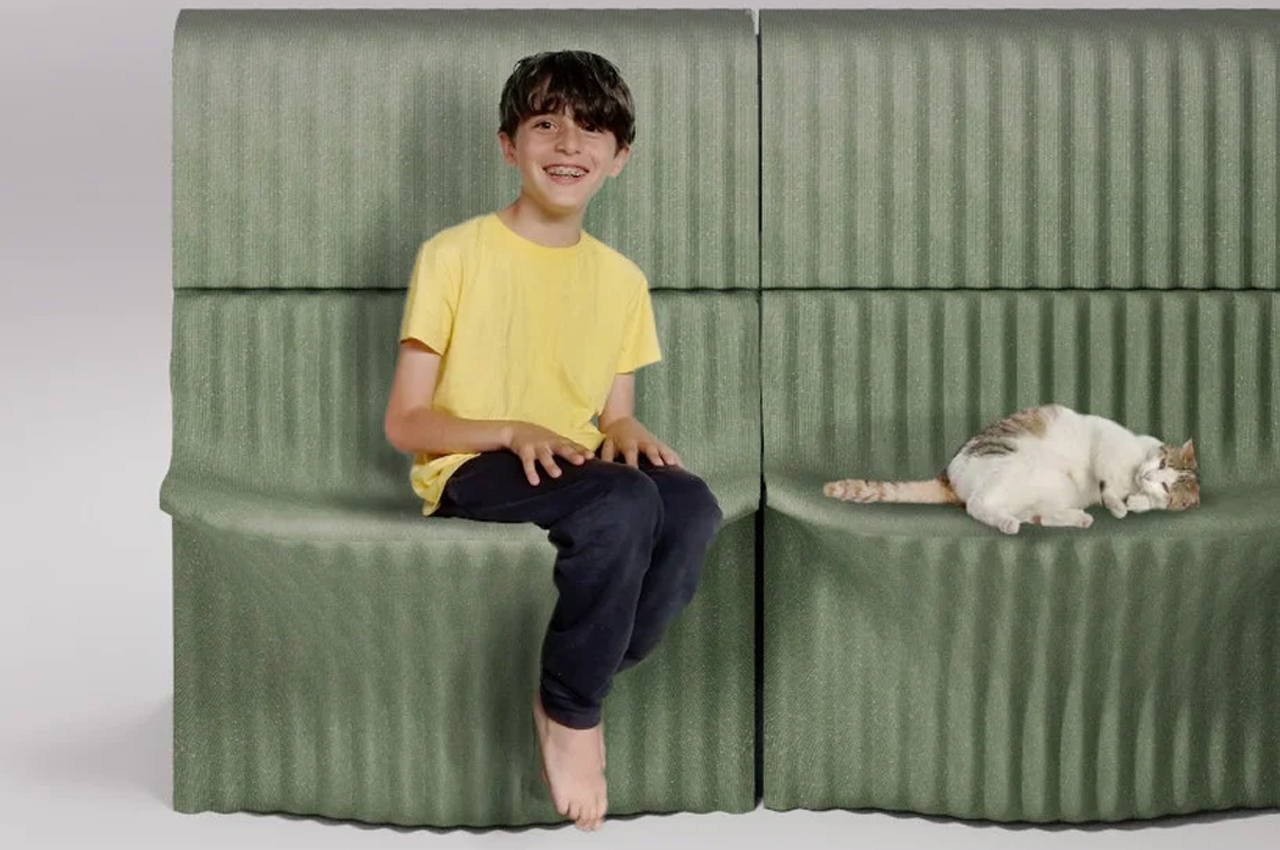
Working closely with Giulia del Grande, the USE project originates from the designer’s thesis, which explores, “the issue linked to the design of spaces to prevent the sense of fear in people who live in cities.” Calming the chaos and busy nature of cities, public furniture like benches and water fountains are incorporated into the fabric of the city to function as aesthetically pleasing home bases for urban residents and tourists.
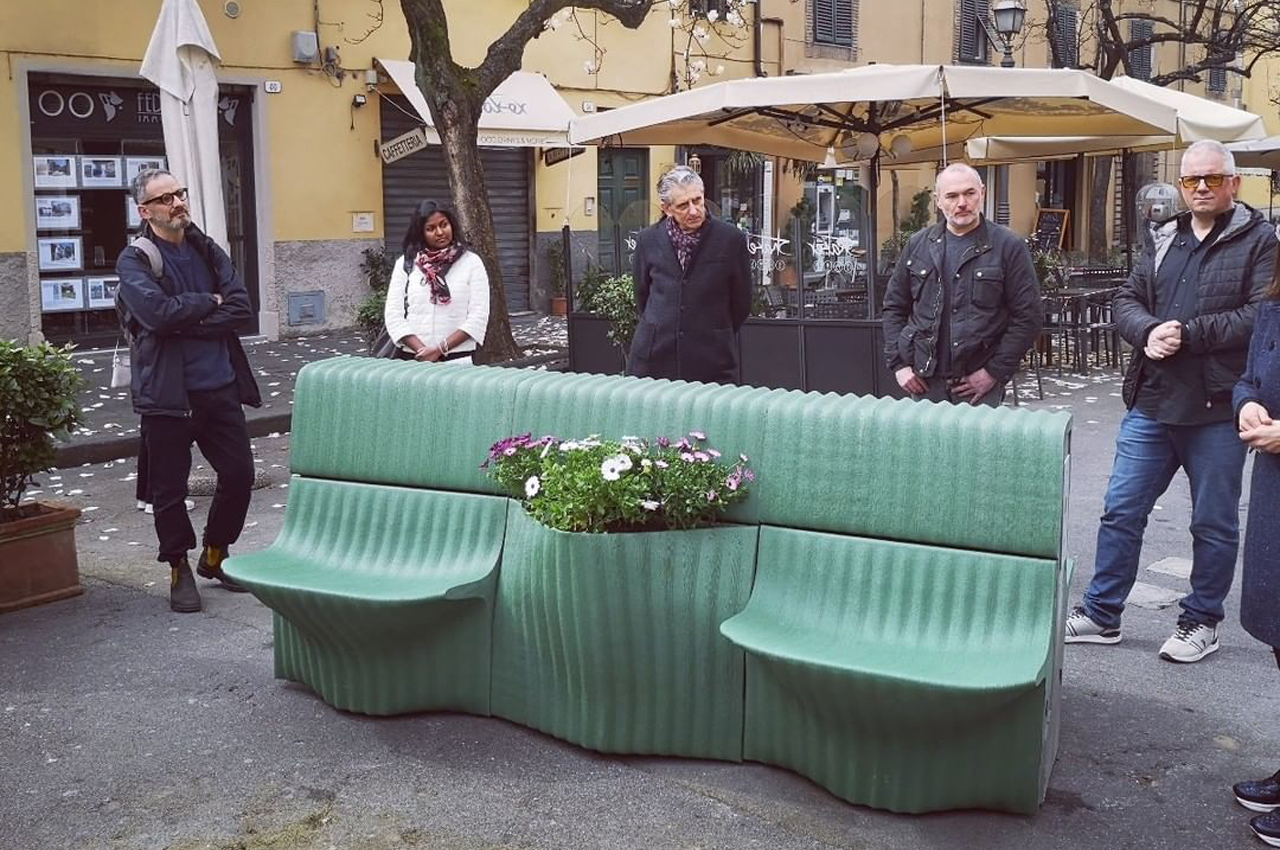
Speaking to this, the team at R3direct notes, “Urban furniture intends to transform the concrete barriers commonly used during events or in a fixed manner to protect strategic places in the city, making them aesthetically pleasing and equipping them with various functions useful to the citizen.”
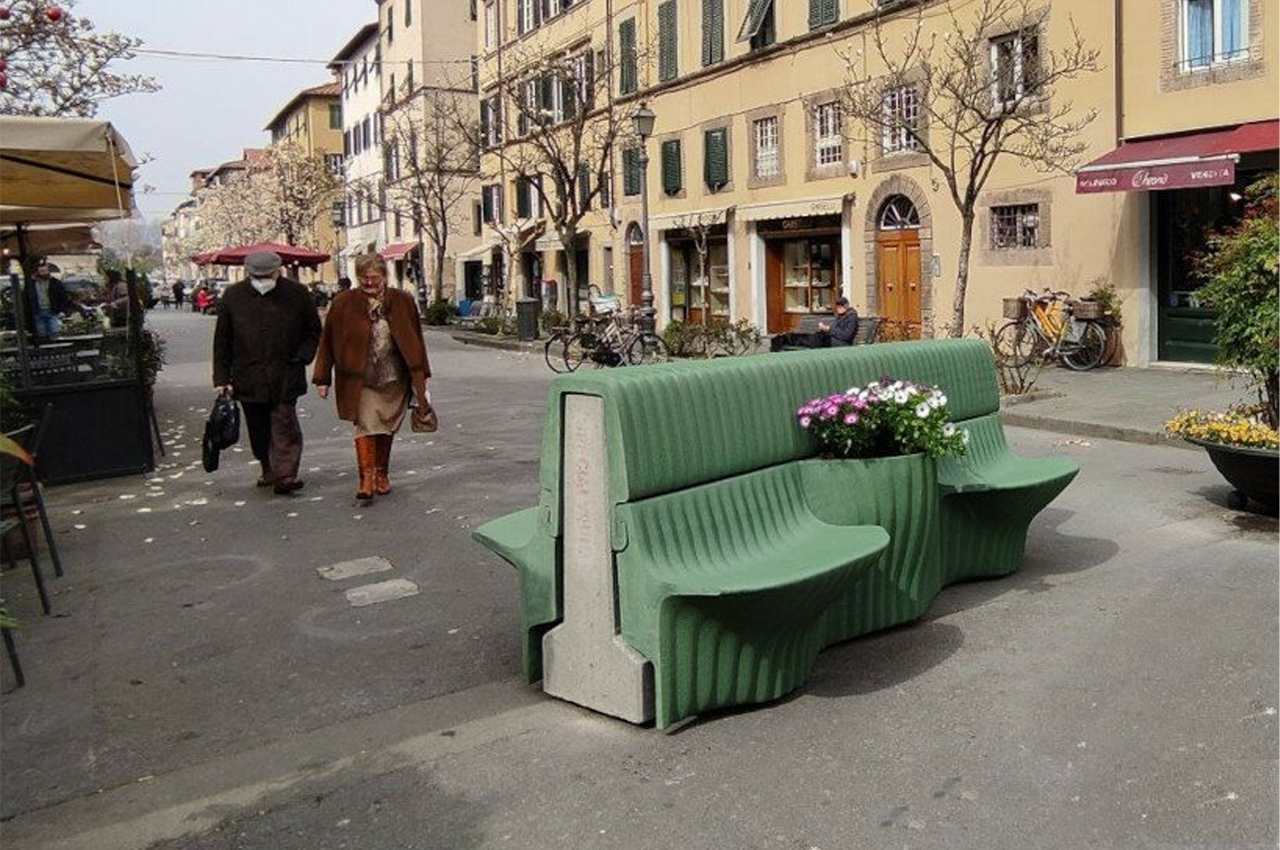
The post 3D technologies transformed plastic waste into city benches to beautify concrete barriers first appeared on Yanko Design.
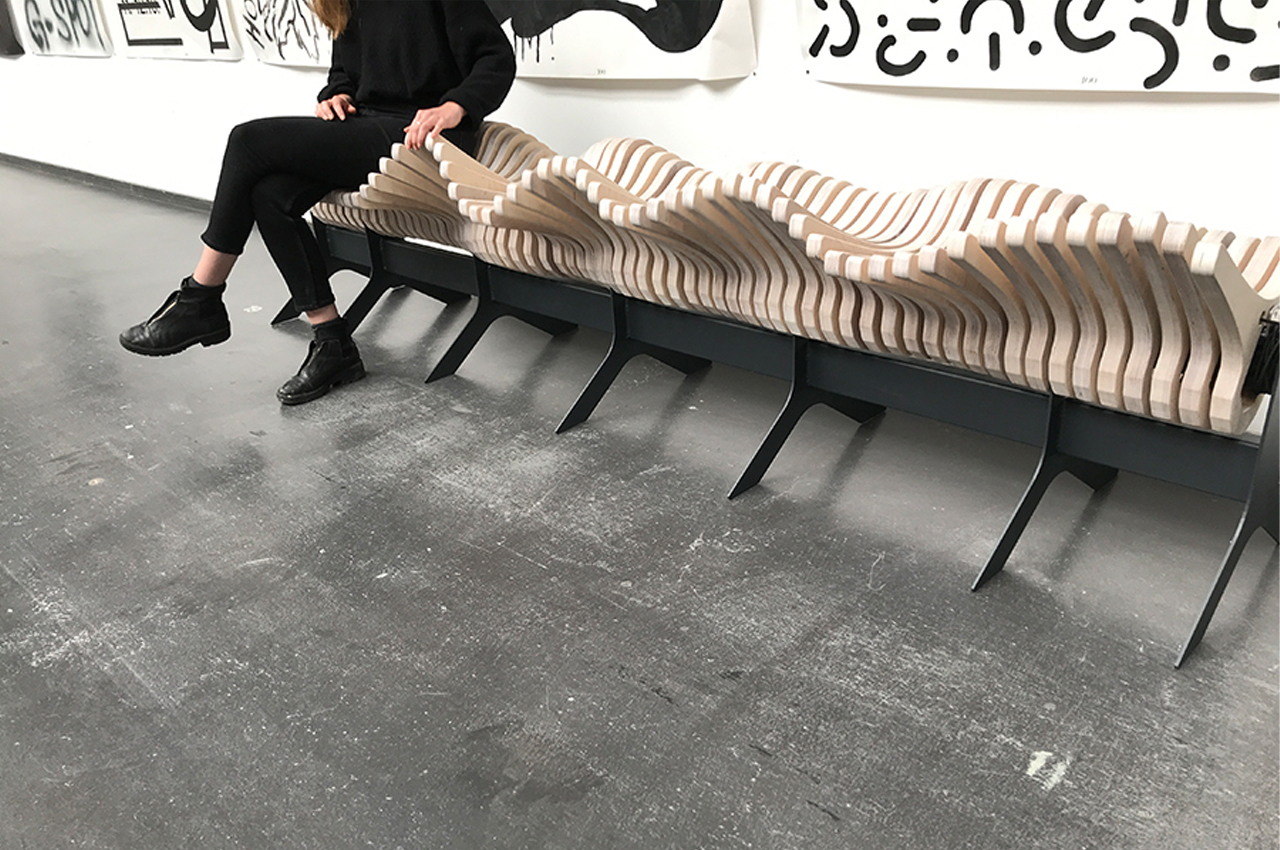
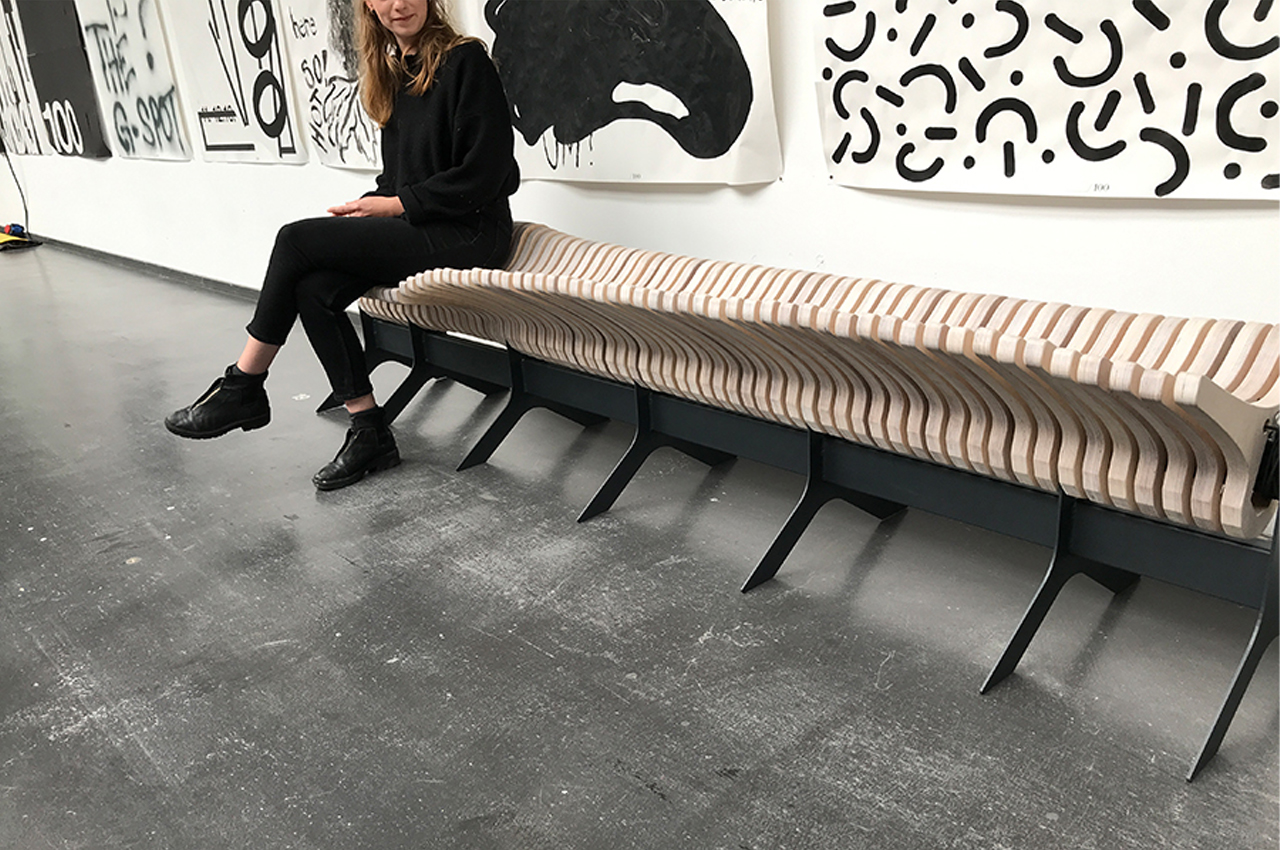
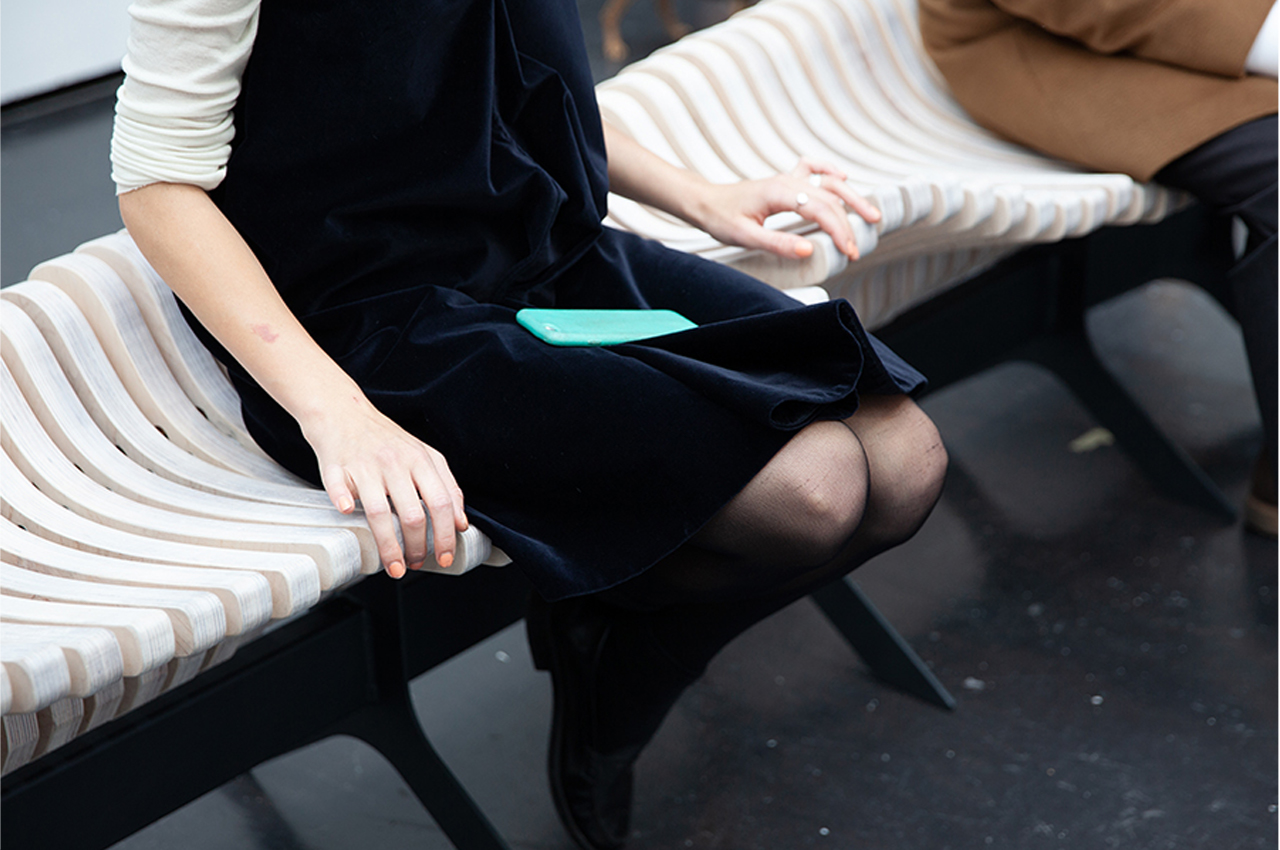
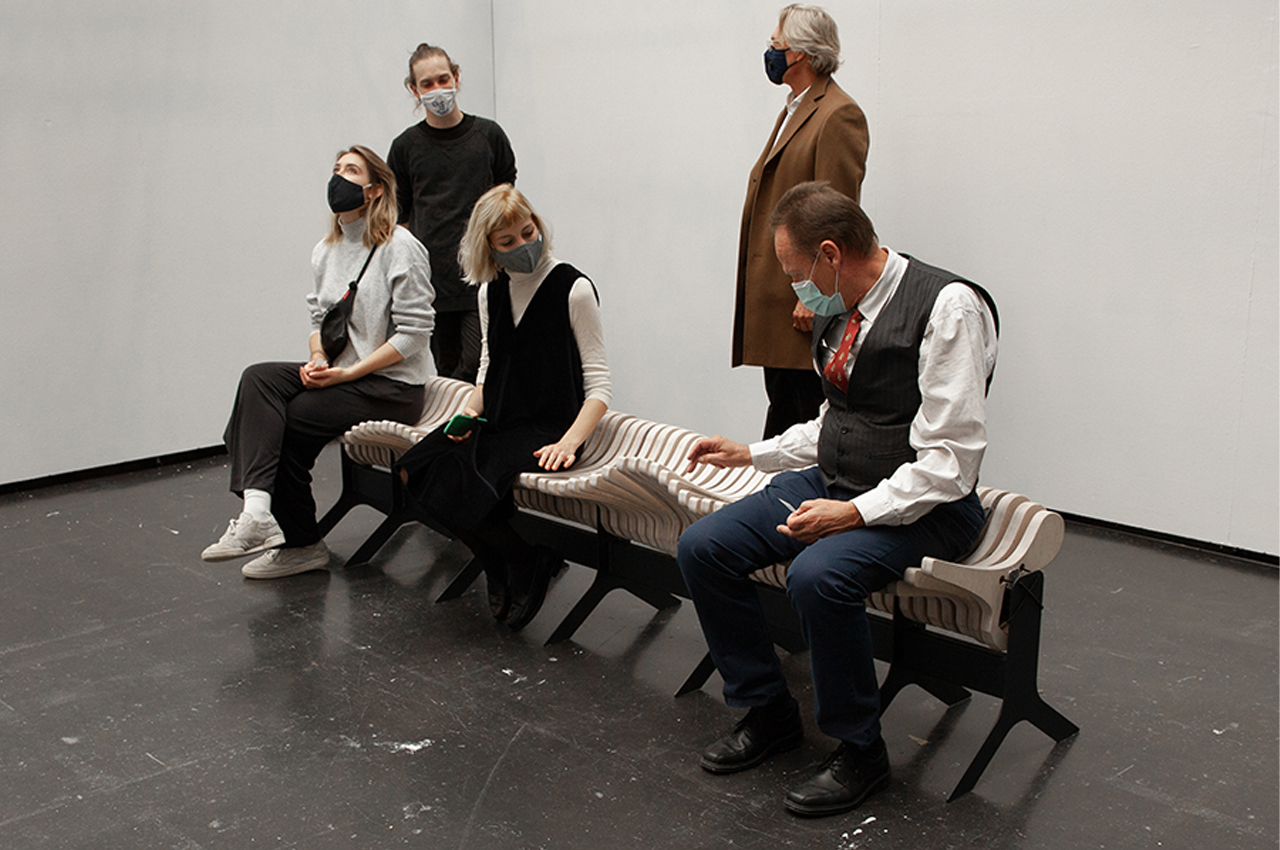
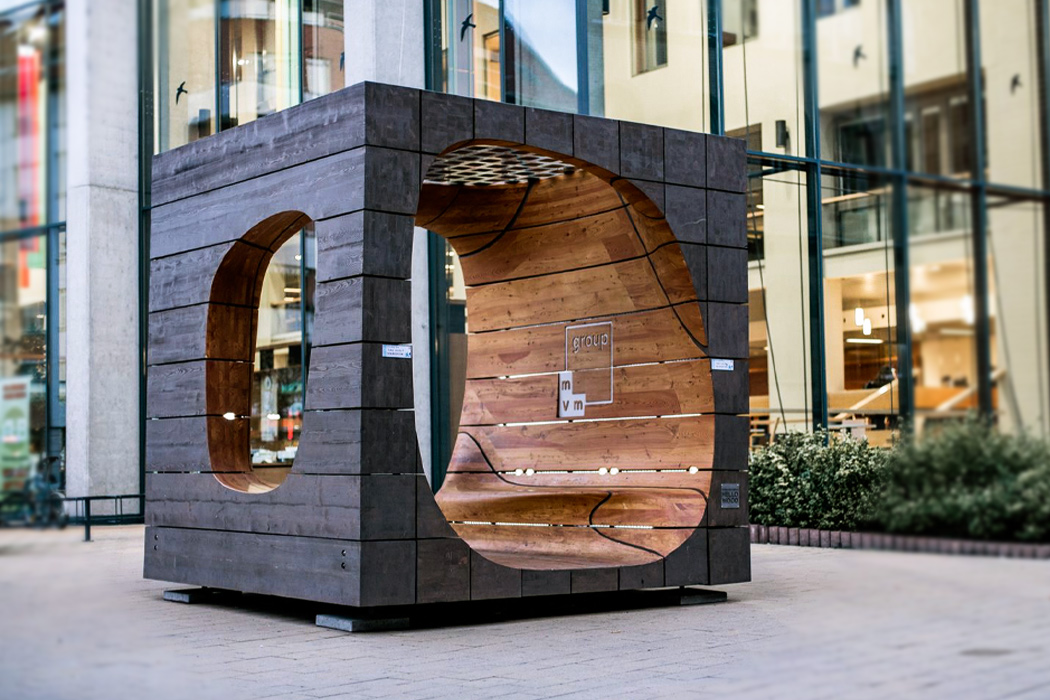
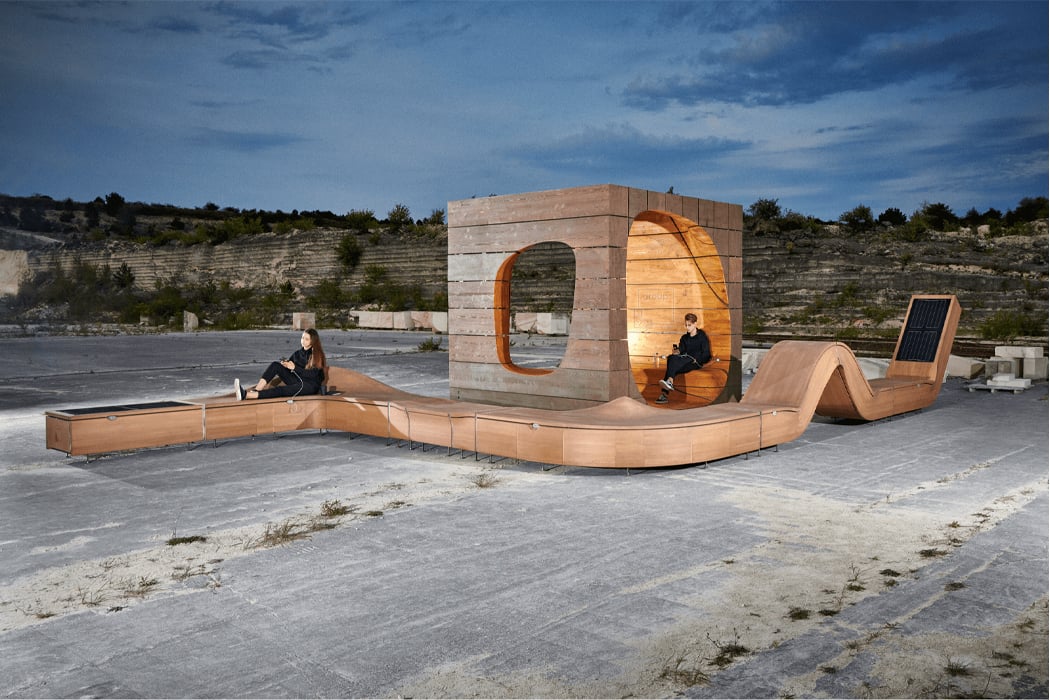
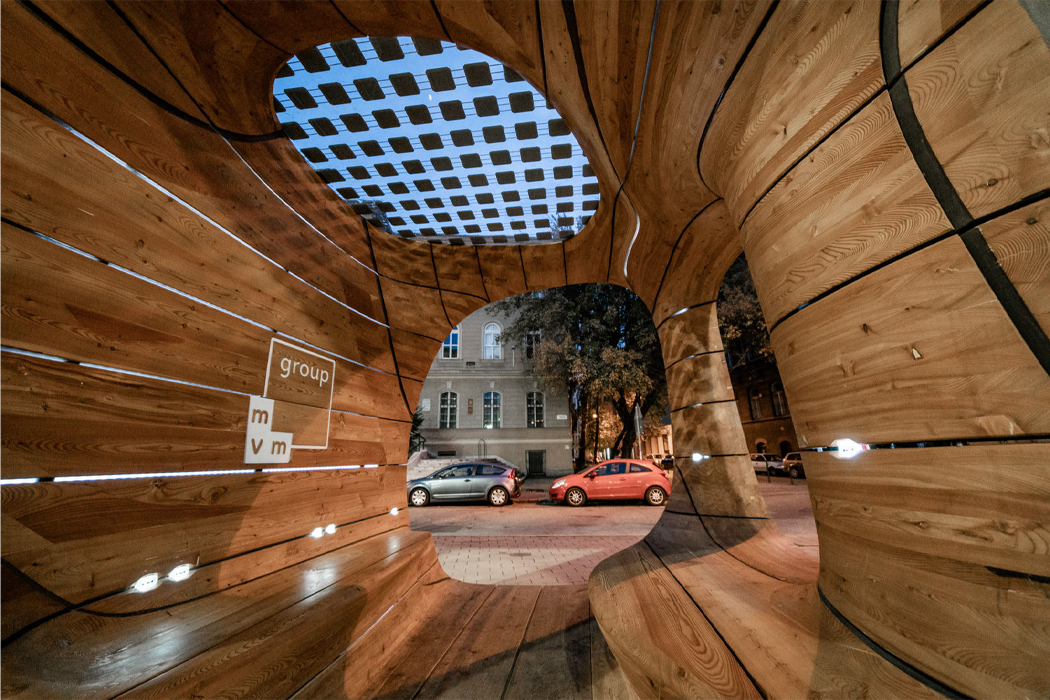
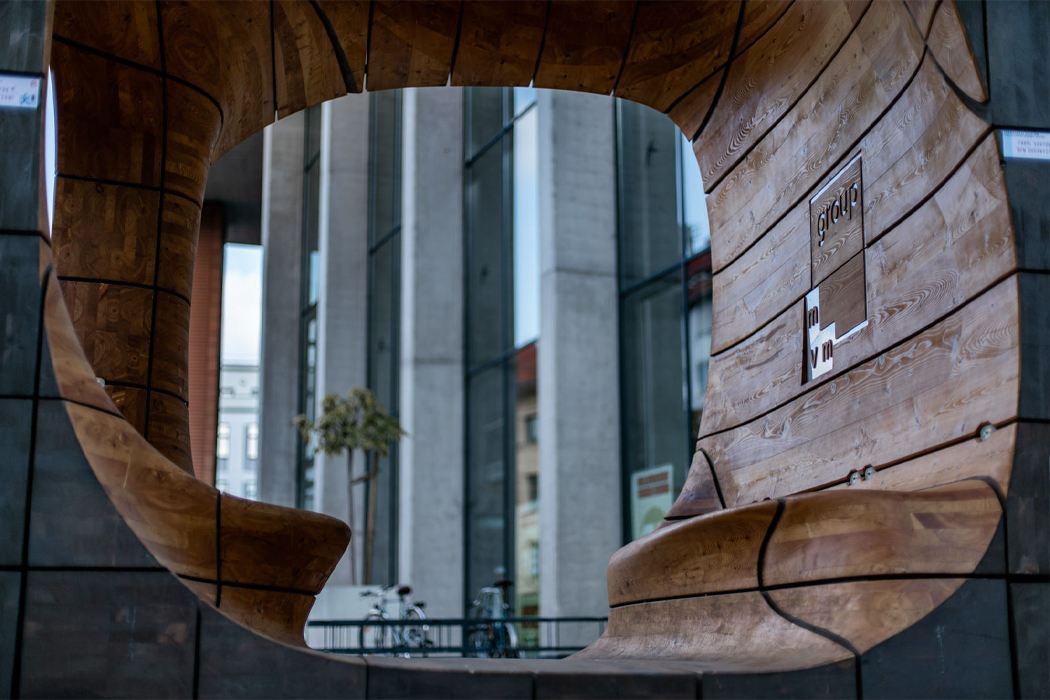
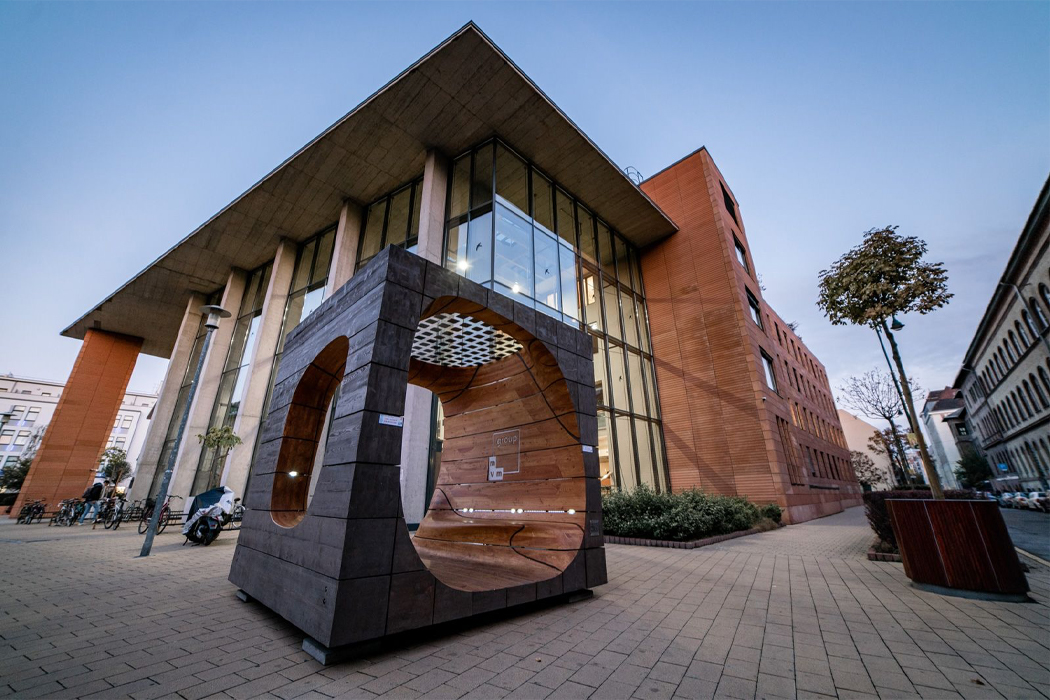
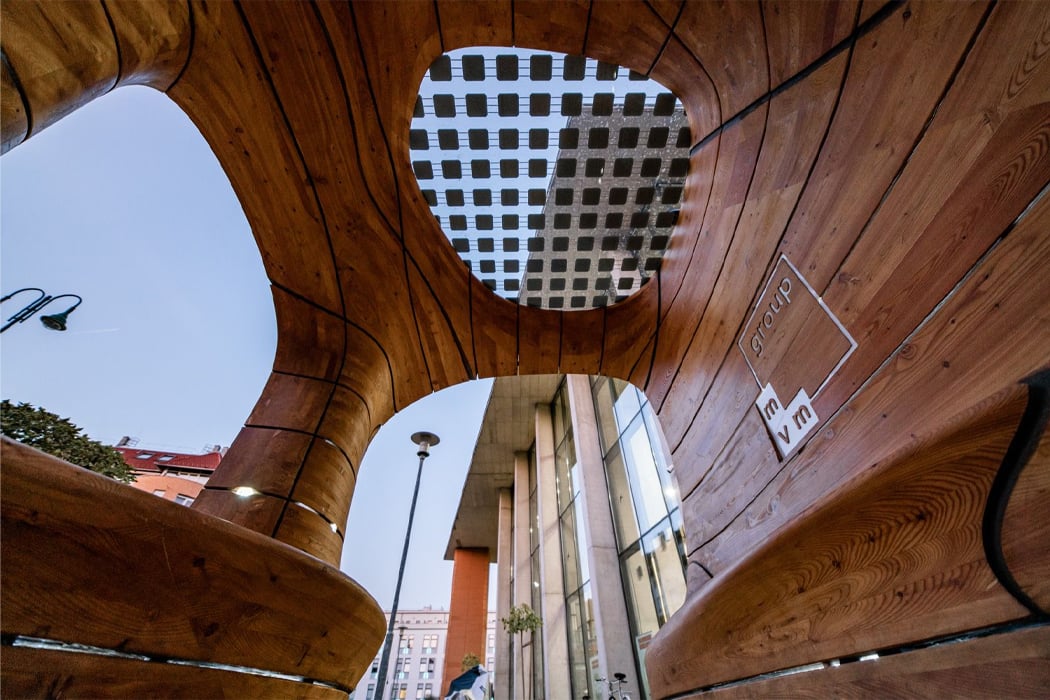
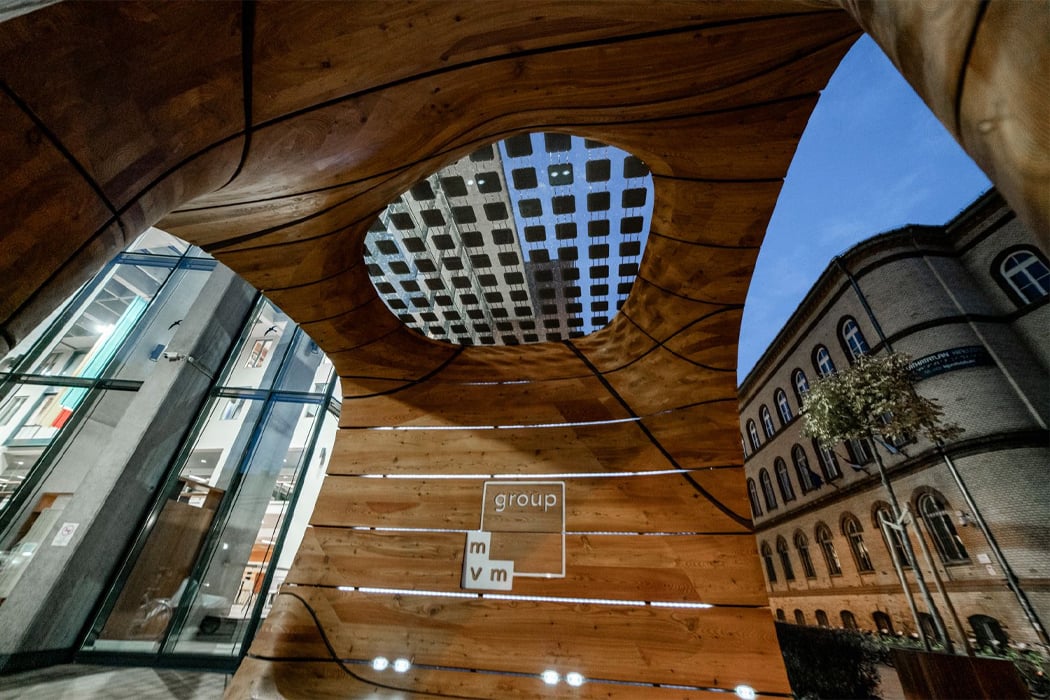
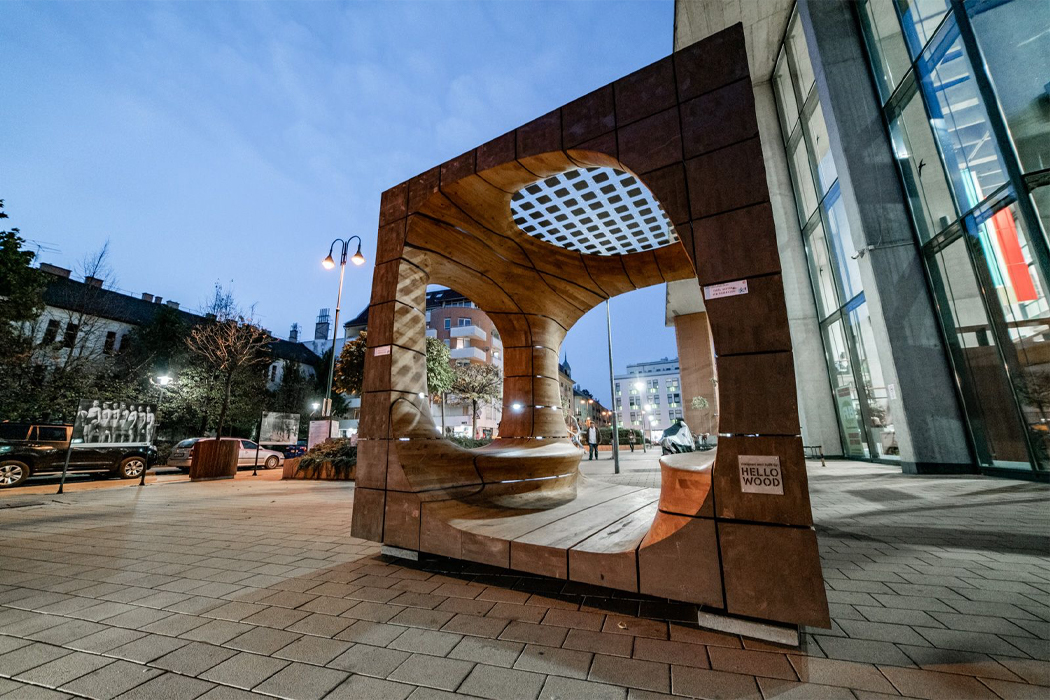
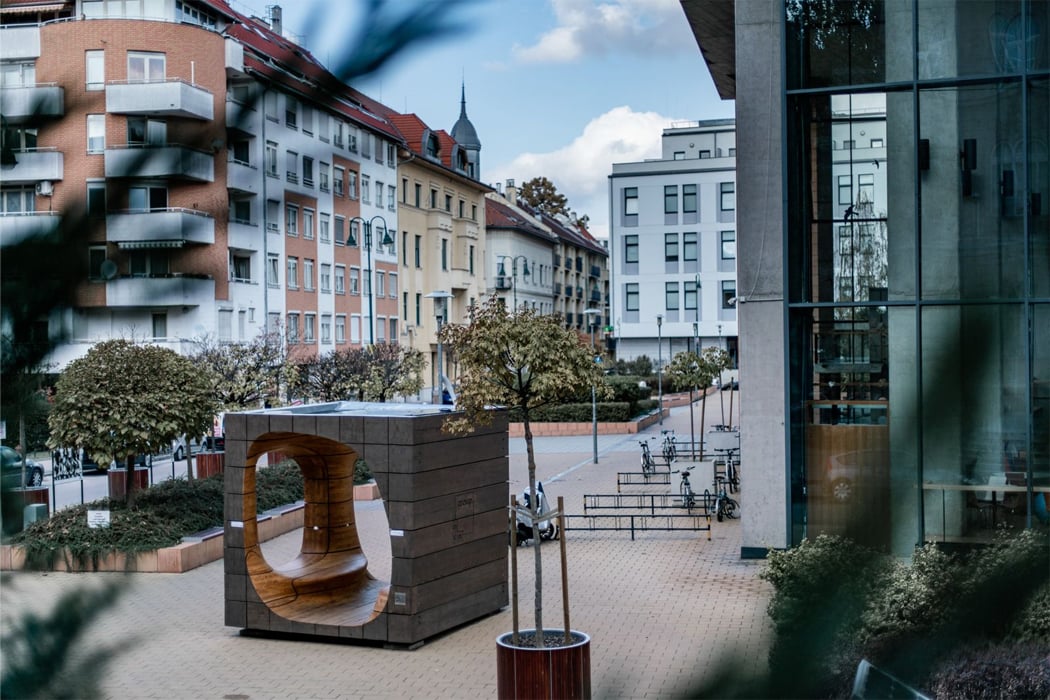
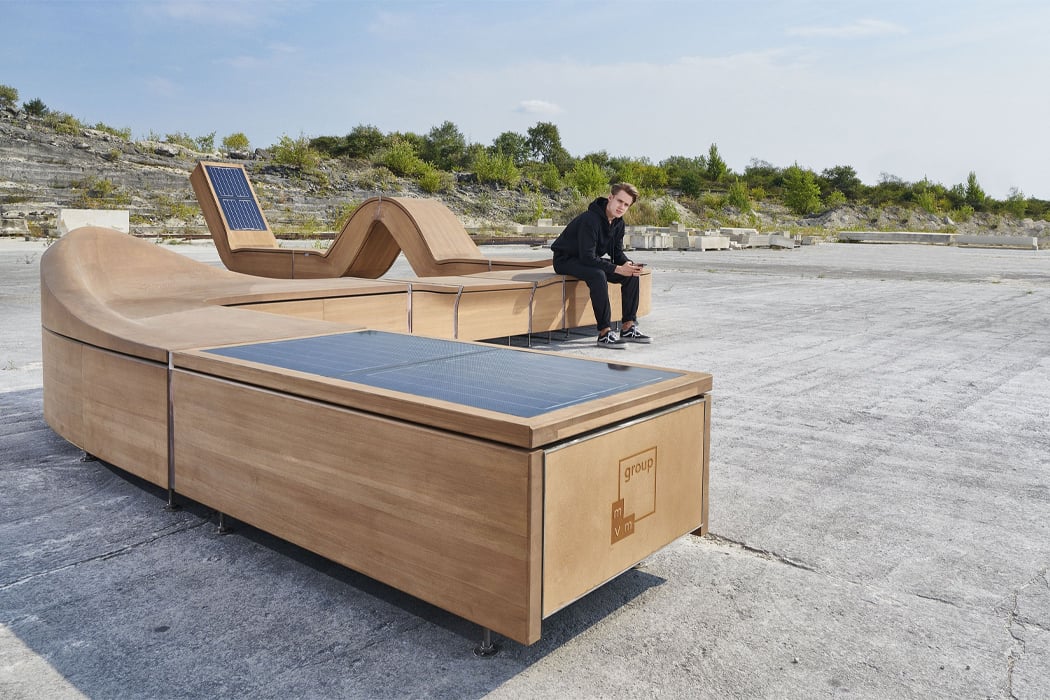 The City Snake appears as more of a traditional city bench, with raised edges and panels for reclined sitting.
The City Snake appears as more of a traditional city bench, with raised edges and panels for reclined sitting.